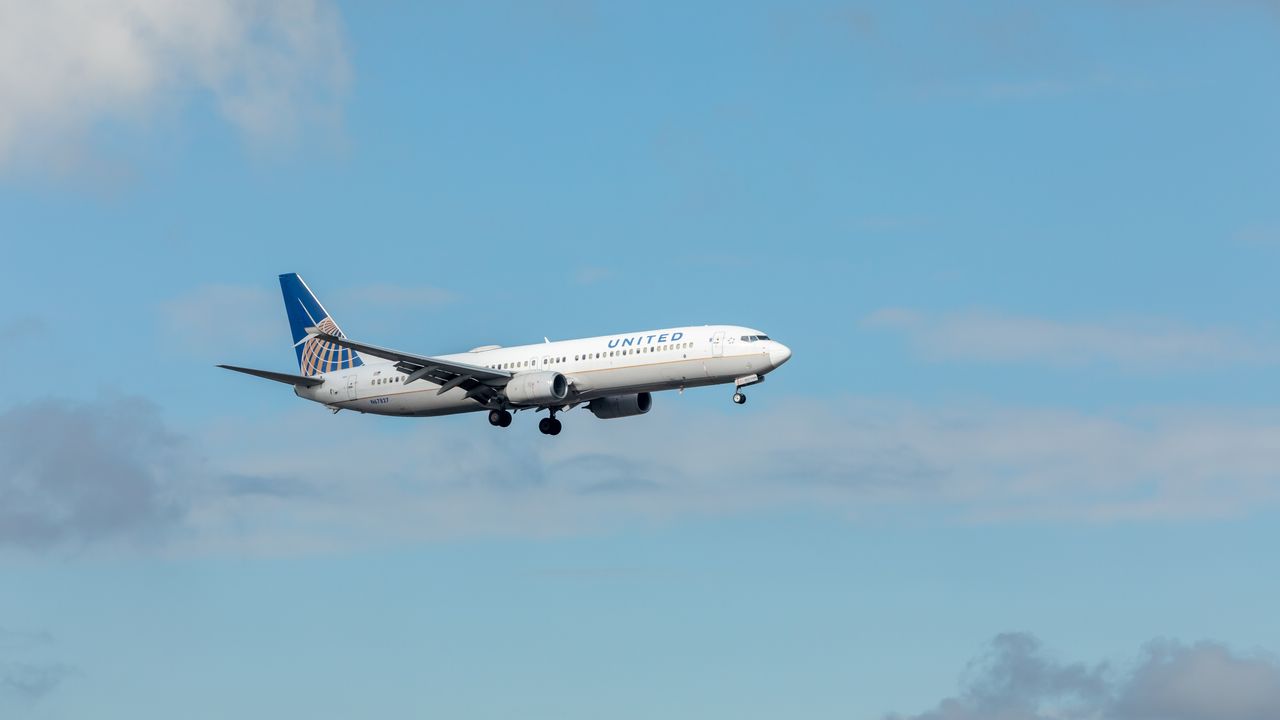If you’re flying in the US this week, double-check your itinerary—thousands of flights have been canceled because of the ongoing government shutdown. With air traffic control towers short-staffed, the FAA has asked airlines to cut schedules by 10% at 40 of the nation’s busiest airports to maintain safety. Many controllers face missed paychecks and financial strain, which FAA leaders and transportation officials say could create safety risks; officials hope reduced traffic will ease stress on the system.
Which airports are affected?
The FAA’s 10% reduction applies at these 40 airports:
1. Anchorage International (ANC)
2. Atlanta Hartsfield–Jackson (ATL)
3. Boston Logan (BOS)
4. Baltimore/Washington (BWI)
5. Charlotte Douglas (CLT)
6. Cincinnati/Northern Kentucky (CVG)
7. Dallas Love Field (DAL)
8. Ronald Reagan Washington National (DCA)
9. Denver International (DEN)
10. Dallas–Fort Worth (DFW)
11. Detroit Metropolitan (DTW)
12. Newark Liberty (EWR)
13. Fort Lauderdale–Hollywood (FLL)
14. Honolulu Daniel K. Inouye (HNL)
15. Houston Hobby (HOU)
16. Washington Dulles (IAD)
17. George Bush Houston Intercontinental (IAH)
18. Indianapolis International (IND)
19. New York JFK
20. Las Vegas Harry Reid (LAS)
21. Los Angeles International (LAX)
22. New York LaGuardia (LGA)
23. Orlando International (MCO)
24. Chicago Midway (MDW)
25. Memphis International (MEM)
26. Miami International (MIA)
27. Minneapolis–St. Paul (MSP)
28. Oakland International (OAK)
29. Ontario International (ONT)
30. Chicago O’Hare (ORD)
31. Portland International (PDX)
32. Philadelphia International (PHL)
33. Phoenix Sky Harbor (PHX)
34. San Diego International (SAN)
35. Louisville International (SDF)
36. Seattle–Tacoma (SEA)
37. San Francisco International (SFO)
38. Salt Lake City International (SLC)
39. Teterboro (TEB)
40. Tampa International (TPA)
How many flights are being canceled?
The FAA directed airlines to begin reductions Friday, November 7; carriers can phase in to a full 10% reduction. Airlines initially cut roughly 6% of schedules at the affected airports through November 11. On November 9 there were about 2,631 canceled flights nationwide (roughly 10% of the national total), and by Monday afternoon more than 1,900 cancellations involved flights within, to, or from the US. Chicago O’Hare reported the highest number of cancellations that day (over 230, about 17% of its operations). Nearly 1,000 flights were already canceled for the following Tuesday, about 4% of all scheduled US flights.
Which routes are most at risk?
Most cuts target domestic US routes. Major carriers say long-haul international flights will largely continue. United, Delta, Southwest, and Alaska confirmed international routes won’t be affected; United additionally said it won’t cancel flights connecting its key hubs (Chicago O’Hare, Denver, Houston Intercontinental, Los Angeles, Newark, San Francisco and Washington Dulles). Instead, airlines are trimming higher-frequency domestic and regional routes to allow rebooking with minimal disruption and to protect service to smaller communities.
Airline actions and numbers:
– United published its canceled flights through November 12 and focused reductions on regional routes; it canceled 186 regional flights for November 10.
– Delta reported about 280 mainline and 215 Connection cancellations out of more than 5,200 scheduled flights as of Monday noon ET.
– American said it cut roughly 200 flights per day, concentrating on routes it operates multiple times daily to rebook passengers more easily.
– Alaska Airlines Group (including Hawaiian) announced cuts through November 11, prioritizing protections for smaller and remote communities.
What happens if my flight is canceled?
Airlines are notifying affected customers directly by email or phone; monitor the contact information you gave when booking and check your airline’s app or website for real-time status. Most US carriers will automatically rebook passengers on the next available flight. If you no longer wish to travel after a cancellation, federal rules entitle you to a full cash refund. Many airlines are waiving change fees for travel during the reduction period, including for basic-economy tickets; fee-waiver policies are posted on individual carrier sites (American, Delta, United, JetBlue, Alaska/Hawaiian, Southwest, etc.).
What to do now
– Check your flight status frequently and keep contact details current with your airline.
– Review your airline’s rebooking and refund policies, and look for change-fee waivers if you need to adjust travel plans.
– Allow extra time for travel and prepare for possible rebooking or delays, especially at the 40 affected airports.
The FAA reductions aim to prevent safety issues from worsening while staffing and payroll disruptions continue. Travelers should stay alert for updates as the shutdown and mitigation measures evolve.






